As you well know, packaging is an extension of your brand. It is tangible, it is experiential, and the design needs to hit all the right points with the consumer — from color to copy, shape and symbols — to attract and sell. If it is not visually appealing, it will not be seen. If it is not seen, it will not sell. Period.
In order to be effective and memorable, packaging should work on three distinct levels: visual, emotional and functional. Let me explain each level and why I feel each is vitally important:
Visual = It stops consumers in their tracks.
It’s been well established that packaging must be attractive to have “stopping power.” According to a Mintel study, more than half (52%) of U.S. food shoppers are drawn to packaging with unique, compelling designs. The quality of design matters — both in defining the brand and ensuring that it survives on crowded, competitive shelves — in other words, to make shoppers stop in their tracks.
Emotional = It connects with the consumer
The design must create a positive, emotional connection with the consumer. If it fails to do this, you miss a huge opportunity. It is our job, as the designers, to create that visceral reaction between your packaging and your consumer — to make them feel something, to bring the brand proposition and brand experience to life and to make your product a part of their everyday life.
Functional = It works!
If the first brand impression is how it looks, the second is how it works. Both are essential to the purchasing decision. Your product may have a beautifully designed package, but if it doesn’t function, no one will buy it. Unfortunately, many package designers do not carefully consider how the product will be used or where it will live — in a kitchen cabinet, in your gym bag, on your bathroom vanity, or elsewhere. How, where, when and why consumers use your product is constantly changing as shopping and lifestyle trends change. For example, in the food packaging category, eating habits have changed dramatically to fit into our fast-paced lifestyle. We look for smaller, healthier packaged food items for breakfast, snacking, and in-between meals. You need a designer who understands all possible needs and scenarios of how your product will be used or consumed before the structural and graphic design begins.
If you suspect that your packaging doesn’t work on all three levels, let’s talk. We’d be happy to provide a critique of your existing packaging and a few suggestions for improvement across all levels.
— Amy Graver



